In a recent segment on MLB.com there was a great breakdown of the “Tommy John Epidemic”. Look at this graphic that was used on the segment…
These numbers are alarming to say the least. To imagine that between the years of 2007 – 2011 nearly 6 out of every 10 Tommy John surgeries was on a teenager is staggering to me.
As someone who desires to “help those who still have the dream”, I feel it is my obligation as a healthcare provider and as a pitching instructor to assist those who have what has been documented by ASMI as injury predictors for Tommy John.
Here is a list of mechanical flaws identified / areas to evaluate by ASMI that are consistent with increased elbow stress:
- Arm Position at Foot Plant
- Palm Down / High Elbow
- Direction to Home Plate
- Collapsed Front Knee at Ball Release
Arm Position at Foot Plant
To avoid increased medial elbow stress a pitcher needs to have his forearm somewhere between 12 o’clock and 2 o’clock as looking from second base / center field for right-handed pitchers and between 10 o’clock and 12 o’clock for left-handed pitchers.
In this still frame of Mark Prior you can see his forearm is pointing at an approximate 3 o’clock position at foot plant. As he proceeds towards home plate, due to timing, his elbow will have increased stressed.
Palm Down / High Elbow
Increased torque and stress occurs at the medial elbow when a pitcher’s palm is facing the ground and / or the pitching side elbow is above the shoulder at foot plant. This is often related to a timing issue of the arm being a little late (see above).
In the still frame of Adam Wainwright below you can see how his elbow is lifted higher towards the sky than his shoulder.
Direction to the Plate
Striding towards home plate (versus right-handed batter’s box for right-handed pitchers and left-handed batter’s box for left-handed pitchers) allows the pitcher to maximize hip rotation torque and transfer it to the ball. When a pitcher’s front leg lands closed, the twisting (rotational) torque is transmitted at higher levels to the elbow whereas landing more in line with home plate allows the “building blocks” of a pitcher to properly sequence without additional elbow stress occurring. Optimized sequencing is optimized timing.
Jered Weaver demonstrates a “throwing across your body” pattern in the still frame below. When he lands closed, the elbow receives higher stress levels. Notice his forearm being more between 12 o’clock and 2 o’clock as compared to the above pictures.
Collapsed Front Knee at Ball Release
When the front knee of a pitcher collapses at / near ball release, the torso and arm will innately want to try to contribute more due to not having a pivot point for the forward movement / momentum to continue towards home plate. There is already enough that the pitcher’s arm has to do. We don’t need to add more to its work load.
It is obvious that professional pitchers can be successful using the above movement patterns. But that success doesn’t negate that they are still demonstrating increased risk of medial elbow stress and potential injury.
The more injured baseball players I see as a healthcare provider and the more pitchers I see as an instructor I am becoming more and more convinced that there is a lack of “pitching fitness” among amateur pitchers. Often times there is an attempt to emulate a professional pitcher’s mechanics by younger amateurs who simply do not possess the needed “mobility / stability balance” required to optimize performance and minimize injury.
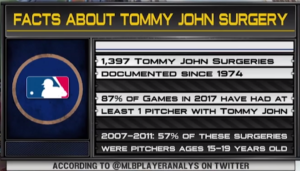
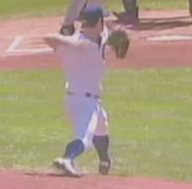
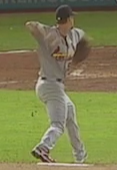
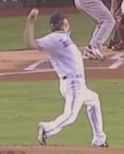

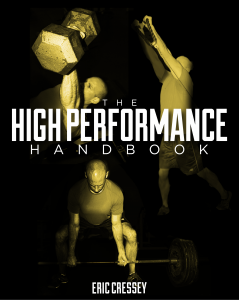
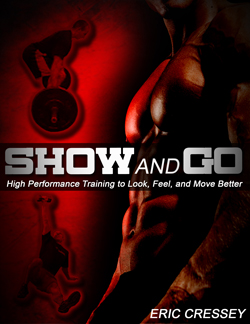
Follow Joe